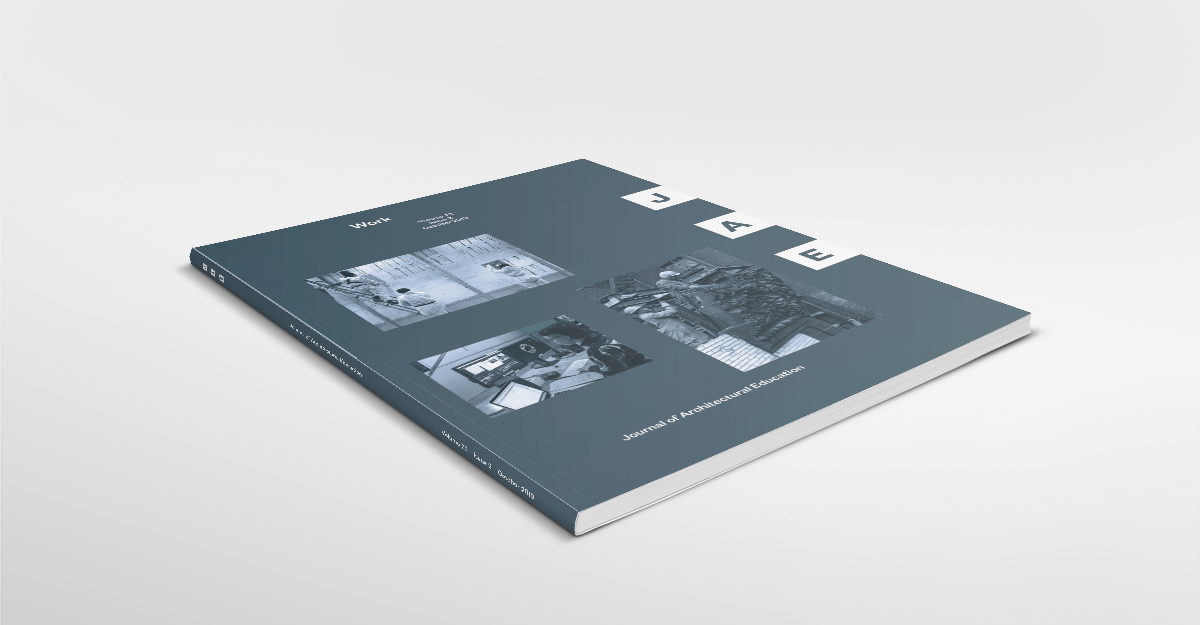Micro Narrative
The Architecture of Work and the Work of Architecture Today


In contemporary discussions of labor within the domain of architecture and urbanization, it might be easy to overlook the implications of German chemist Justus von Liebig’s 1840 publication of Organic Chemistry in Its Applications to Agriculture and Physiology1 and English physicist James Prescott Joule’s 1843 publication “On the Mechanical Equivalent of Heat.”2 Yet these texts—each containing raw insights about work that have triggered consequential epistemic evolutions in a variety of fields—serve as one basis for how we might construe the work of architecture in new ways for this century.
Continue Reading:
Endnotes: